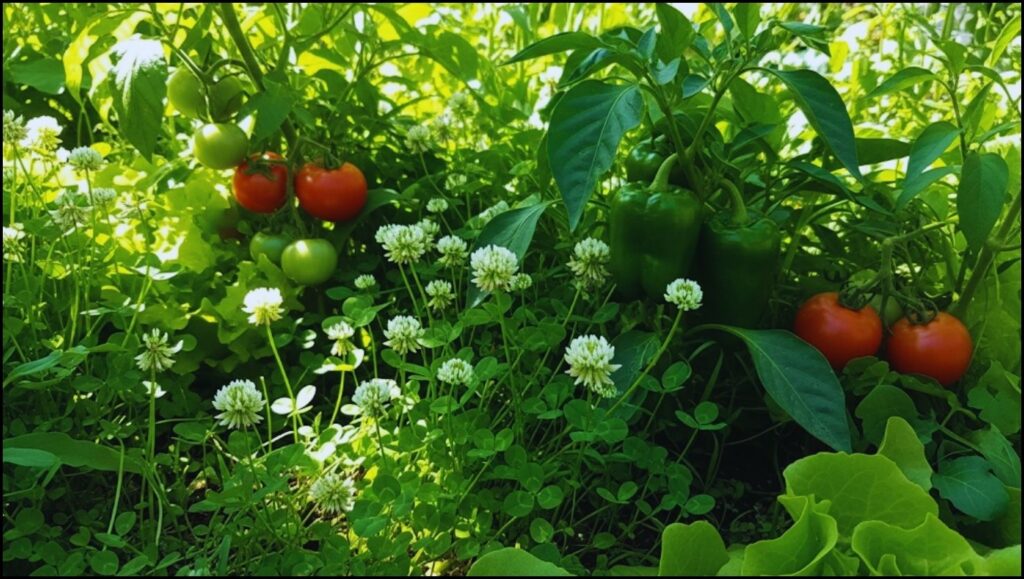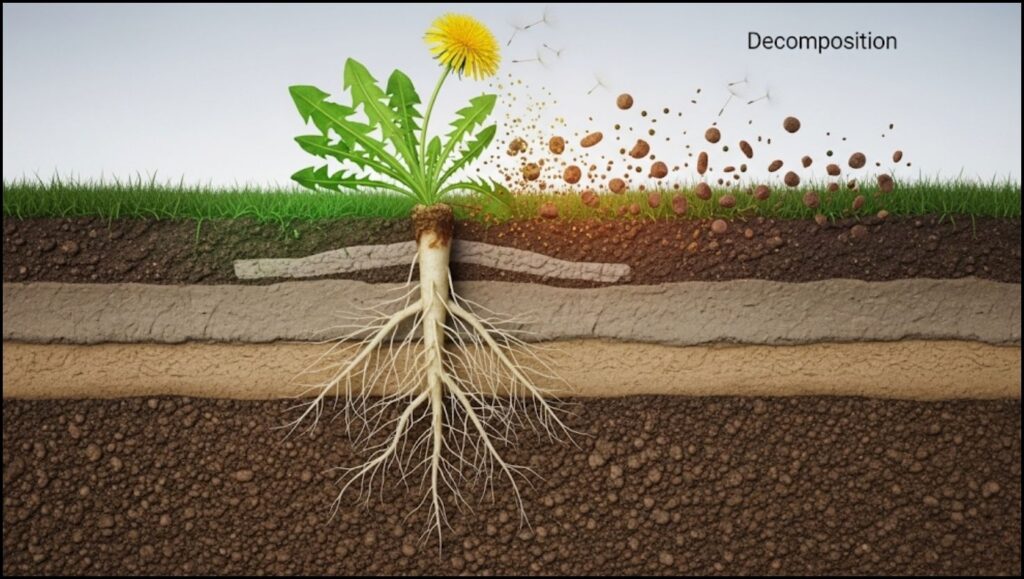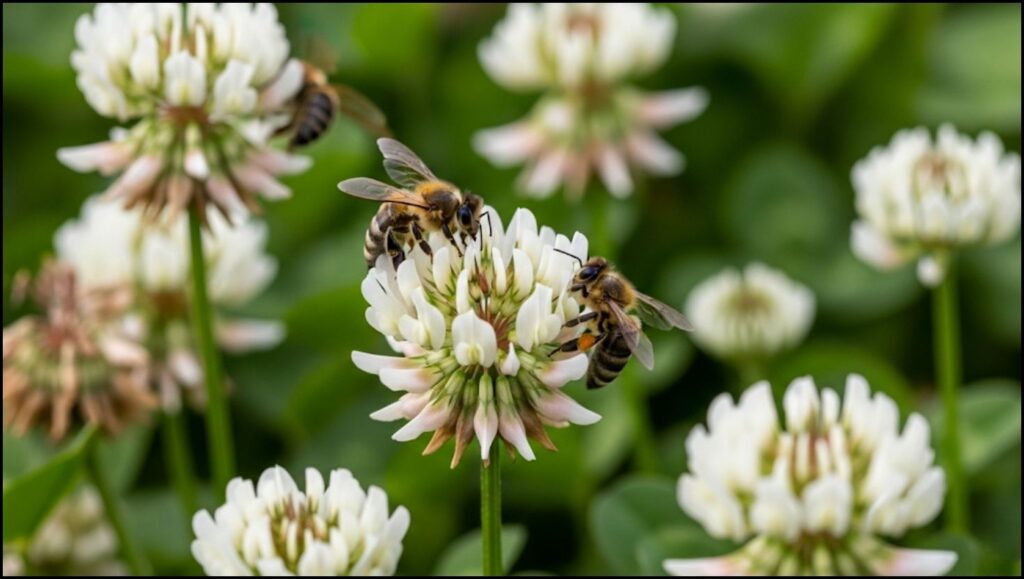
For generations of gardeners, the sight of a weed has prompted an immediate reach for a trowel or herbicide. A growing number of horticulturalists and soil scientists, however, argue that some of these common intruders are misunderstood allies. They point to a select group of beneficial weeds for soil that can play a vital role in creating a healthier, more resilient garden ecosystem.
These plants, often deep-rooted and hardy, can draw nutrients from deep within the earth, break up compacted ground, and provide food for essential pollinators. By understanding their functions, gardeners can strategically manage certain weeds to their advantage, reducing the need for fertilizers and manual soil aeration.
“The conventional wisdom has been to eradicate every plant that wasn’t intentionally planted,” said Dr. Eleanor Vance, a soil scientist and author of “The Resilient Garden.” “But we’re learning that a sterile, weed-free environment is not necessarily a healthy one. Some of these plants are powerful ‘dynamic accumulators’ that mine minerals from the subsoil and make them available to shallower-rooted vegetables and flowers.”
Key Weeds and Their Soil-Building Benefits
| Beneficial Weed | Primary Benefit | Expert Insight |
| Dandelion | Aerates soil, accumulates minerals | Its long taproot breaks up compacted soil and brings up calcium, potassium, and iron. |
| White Clover | Fixes nitrogen | Converts atmospheric nitrogen into a form plants can use, reducing fertilizer needs. |
| Comfrey | Nutrient accumulator | Its leaves are rich in potassium and phosphorus, ideal for “chop and drop” mulch. |
| Purslane | Ground cover, conserves moisture | Its succulent leaves shade the soil, preventing water evaporation and weed growth. |
Rethinking the Role of Weeds in Garden Ecosystems
The shift in perspective stems from principles of permaculture and regenerative agriculture, which emphasize working with natural systems rather than against them. Instead of viewing a garden as a battlefield, this approach sees it as a complex community where different plants can serve unique purposes. Many of these beneficial weeds for soil also act as indicator plants, providing clues about soil conditions. For instance, the presence of dock or chicory can signal compacted soil, while an abundance of chickweed may indicate high fertility.
“Your weeds are telling you a story about your soil,” states a guide from the University of Maryland Extension. “By learning to read these signs, you can address the root cause of an issue, such as soil compaction, rather than just treating the symptom, which is the weed itself.”

8 Beneficial Weeds and How to Use Them
Gardening experts recommend a strategy of “selective weeding” and management, rather than complete removal, for the following plants.
1. Dandelion (Taraxacum officinale)
Its formidable taproot is its greatest asset. It drills down into heavy, compacted soil, creating channels for air and water. Dandelions are also excellent dynamic accumulators, pulling up calcium, potassium, and iron from the subsoil. Their flowers are an important early-season food source for bees and other pollinators.
2. White Clover (Trifolium repens)
A member of the legume family, clover is a premier nitrogen-fixer. Nodules on its roots house bacteria that capture nitrogen from the air and convert it into a plant-available form. Allowing clover to grow as a living mulch can significantly boost improving soil health and fertility for heavy-feeding plants like corn and squash.
3. Chickweed (Stellaria media)
Often appearing in cool, wet weather, this low-growing plant forms a dense mat that protects bare soil from erosion and moisture loss. It is also rich in minerals, particularly potassium and phosphorus. According to the Royal Horticultural Society (RHS), it can be easily pulled and used as a nutrient-rich addition to compost piles.
4. Purslane (Portulaca oleracea)
This succulent thrives in hot, dry conditions where other plants struggle. Its fleshy leaves help it conserve water, and its ground-hugging habit creates a living mulch that shades the soil and suppresses other weeds. Purslane also has a taproot that can access moisture and nutrients deep in the ground.
5. Stinging Nettle (Urtica dioica)
While its sting demands caution, nettle is one of the most valuable weeds for gardeners. It indicates fertile, humus-rich soil and is a powerful accumulator of iron, nitrogen, and silica. Nettle leaves can be steeped to make a nutrient-dense “tea” for fertilizing plants or added to compost to accelerate decomposition.
6. Yarrow (Achillea millefolium)
Yarrow’s feathery leaves and deep roots help improve soil structure. Gardening experts note that it accumulates potassium, phosphorus, and copper. Its flat-topped flower clusters attract beneficial insects like hoverflies and ladybugs, which prey on garden pests like aphids.
7. Comfrey (Symphytum officinale)
Known as the king of dynamic accumulators, comfrey has a massive root system that mines deep for nutrients. Its leaves contain an exceptional balance of nitrogen, phosphorus, and potassium, making them a perfect material for “chop and drop” mulching—simply cutting the leaves and letting them decompose in place to feed surrounding plants.
8. Queen Anne’s Lace (Daucus carota)
Also known as wild carrot, this biennial has a thick taproot that helps loosen compacted soil. Its large, umbrella-like flowers are highly attractive to parasitic wasps and other predatory insects that provide natural pest control.

Management is Key
Experts caution that “beneficial” does not mean “maintenance-free.” To prevent these plants from taking over a garden, they must be managed.
“The key is to intervene before they set seed,” advises Dr. Vance. “Use them for their soil-building properties, then cut them back and lay them on the soil surface as mulch. This returns the nutrients they’ve gathered right where you want them.” This “chop and drop” method is effective for plants like comfrey, nettle, and chickweed.
For nitrogen-fixers like clover, letting them grow as a living mulch and then tilling them into the soil before planting the main crop can provide a significant fertility boost. Ultimately, this integrated approach can lead to more productive gardens, reduced labor, and a deeper appreciation for the complex web of life underfoot.
How Garden Paths with Subtle Plumbing Solutions Are Tackling Urban Runoff
